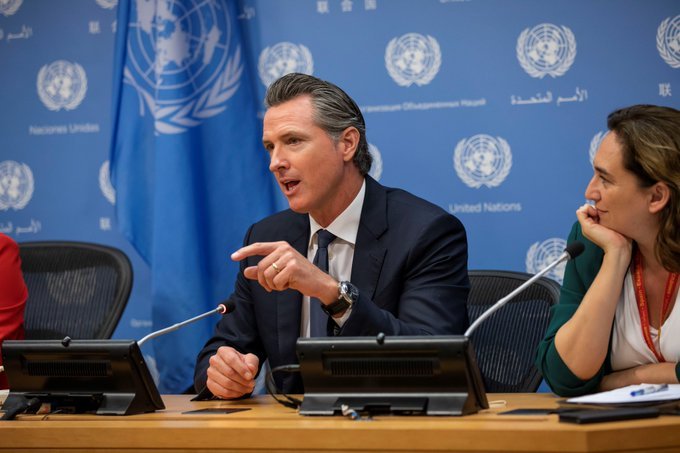California is positioning itself at the forefront of carbon management technology with a new law aimed at reducing and removing CO2 emissions. Governor Gavin Newsom signed SB 614, authored by Senator Henry Stern (D-Los Angeles), to authorize the development of pipelines that can safely transport captured carbon dioxide to underground storage sites.
“Carbon management is a critical pillar of California’s world-leading efforts to cut climate pollution. I’m signing this legislation to put our state on the leading edge of an emerging 21st Century industry that will not only help us address the climate crisis but create good paying, skilled jobs,” Newsom said.
The measure expands on prior legislation—SB 905 (Caballero)—which created a regulatory framework for carbon capture and storage in 2022. Together, these laws are set to form the backbone of the California carbon management strategy.
 Building a Carbon Management Market and a Workforce
Building a Carbon Management Market and a Workforce
SB 614 also aligns with SB 840 (Limon), which allocates $85 million from the state’s Greenhouse Gas Reduction Fund in the 2026–27 budget to advance climate technologies. The fund, sustained by California’s Cap-and-Invest program (which was recently extended until 2045), is fueling a growing ecosystem of startups and projects focused on carbon removal and sequestration.
“This bill will ensure that California adopts best-in-class regulations for carbon dioxide pipeline safety through a public process that elevates community input while encouraging major investment in the clean energy transition of our most fossil fuel intensive industries,” said Senator Stern.
Assemblymember Cottie Petrie-Norris added, “Carbon capture is an important part of the climate puzzle – we need CCUS technologies to deliver on our climate goals and build California’s clean energy future.”
The announcement comes at a time when carbon management faces headwinds at the federal level. The potential rollback of EPA’s Greenhouse Gas Reporting Program—a key verification system for carbon storage—has raised concerns across the industry. Without that framework, companies may struggle to qualify for the crucial 45Q federal tax credit, a primary incentive driving private investment in carbon capture projects nationwide.
Regardless, September saw the state pass three new major bills that fortified its support for the development of carbon dioxide removal.
Read more: California Boosts CDR With Three New Bills
